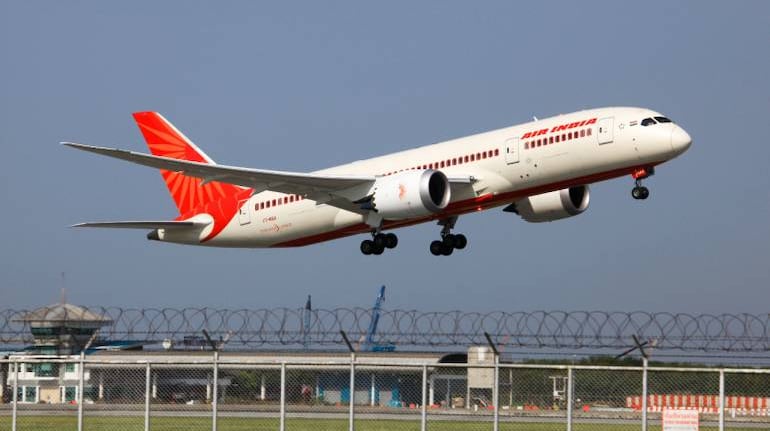



The Ministry of Civil Aviation released the Preliminary Information Memorandum for the privatisation of Air India. That was also the day when the first Covid-19 case was found in India.
Within weeks, the World Health Organization had declared Covid a pandemic, and the world came to a gruelling halt. The world over, airlines were being bailed out and some were on the brink.
But in India, what seemed impossible in the past was being achieved. The Tata Group, which won the bid for Air India, took over the airline from the government on January 27, 2022, two years after the memorandum was released.
Here’s where the airline stands now, six months after the Tatas took over.
In January 2020, Air India flew 1.47 million passengers and had a market share of 11.6 percent, making it the No. 3 airline in the country.
Cut to January 2022, the airline had a market share of 10.2 percent and it had moved a tad closer to the second spot even though it carried less than half the passengers it did two years ago. The market had shrunk.
The very next month, Air India took the No. 2 position in Indian skies. While one would have thought that there would be no looking back since then, the story hasn’t played out that way.
On-time performance
One of the first focus areas for the Tata Group was improving the airline’s service and on-time performance. There have been many social media posts about the meals but food reviews are based on personal tastes and preferences. On-time performance, on the other hand, is a competitive element.
The airline has been either at the fourth or fifth spot all along since January, even as its on-time performance fluctuated between 81 percent and 92 percent during this time. While every airline may want to be on top of the punctuality charts, it’s no easy task.
IndiGo, once renowned for punctuality, has not been on the top of the monthly charts for a while now. Go Air had dislodged it for over a year consistently before the pandemic.
A hub-and-spoke model means that a delay on one flight could have a cascading effect on others. Besides, the Tata Group has to rely on third-party ground handling agencies at quite a few airports, which means it doesn’t have full control on all factors that determine on-time performance.
Air India will have to strive really hard to reach a point where it can be among the top two, if not No. 1 for on-time performance.
Passengers, load factors
In June, Air India slipped to fifth spot in terms of market share, quite a slide considering there are only six major carriers in the market. Since March, Vistara has overtaken Air India in market share.
This means Air India made the least of the traffic growth from January to May. Domestic air traffic in India almost doubled during this period, going up to 11.4 million in May from 6.4 million in January. Air India, on the other hand, moved from 655,809 passengers in January to 826,023 in April and 822,814 in May. In fact, it was the only carrier to carry fewer passengers in May than in April.
The airline deployed 8 percent fewer flights in May than in January even as there were 36 percent additional departures in the domestic sector. The load factor went from about 60 percent in January to just over 80 percent in May during this time, meaning the airline was flying fuller planes.
When aviation turbine fuel prices are at an all-time high, air fares are capped, and passenger traffic is not back to pre-pandemic levels, it makes sense to operate fewer flights with higher loads than more flights with lower loads.
Market share
Air India was expected to lose Rs 9,779 crore in FY21. The airline already had one false start with the CEO appointment after the Tatas took over – Ilker Ayci, former Turkish Airlines chairman who was appointed as CEO and managing director in February, later declined the positions. The group could well be more cautious about its approach.
The airline operated a daily average of 230 domestic departures when the year started and this figure dropped by an average of 15 flights a day in May. This seems to be a mix of quick-fixes to get loss-making flights out of the network and handle the limited fleet in a profitable manner.
The first ones to get the chop would be the most non-profitable routes on the domestic front even as international operations do well currently due to higher fares and demand and the fact that it is not as cut-throat as the domestic market.
With challenges all around, what gets priority first? Anything that plugs losses is what one would think. Market share, for sure, will be last on the priority list!
Discover the latest Business News, Sensex, and Nifty updates. Obtain Personal Finance insights, tax queries, and expert opinions on Moneycontrol or download the Moneycontrol App to stay updated!
Find the best of Al News in one place, specially curated for you every weekend.
Stay on top of the latest tech trends and biggest startup news.